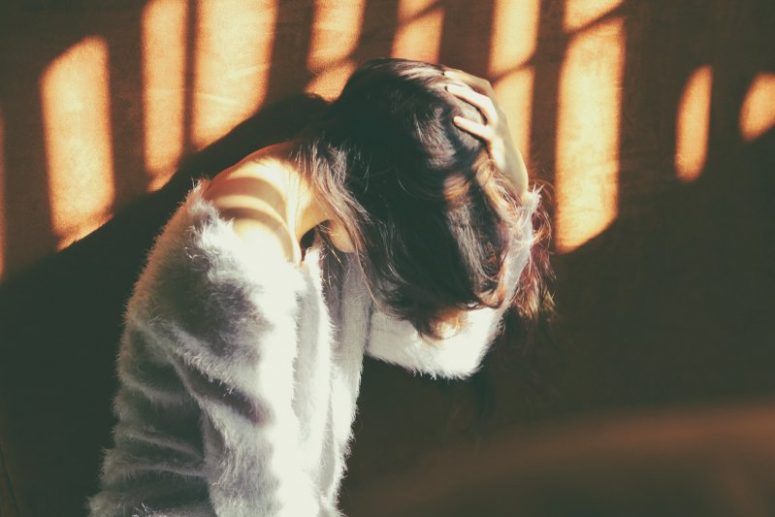What if something so simple as standing became impossible? Have you ever had to cancel a night out because a migraine had started to crawl in as you were preparing to head out? Migraines are invisible, and people around you may not fully understand the pain you are going through. Migraines can have a big impact on a person’s physical, mental and social well-being. Although medication is an effective way to help stop or slow down the progression of a migraine, it comes with a list of side-effects, and in some cases, may lead to dependency. Fortunately, there are alternative ways to cope with migraines that can work independently or alongside medication. Lifestyle changes can help prevent or mitigate migraine headaches (Raucci et al., 2020). These include:
Exercise
Research has continuously exhibited the beneficial impact it has on our physical and mental health. A brisk walk or a light jog releases endorphins which are the ‘feel good’ hormone and can prevent headaches. However, it is important to eat and drink enough water at least an hour before exercise to prevent a migraine after. It is not uncommon for people who suffer from chronic migraines to experience anxiety and depressive symptoms. However, those people who exercise regularly are less likely to experience these symptoms, or find exercise to be even more beneficial than medication (Amin et al., 2018).
Sleep
Good sleep hygiene is vital for maintaining good mental health, especially for people who experience frequent migraines. Practicing sleep hygiene can have a significant and effective impact on the frequency and intensity of migraines. For example try sticking to a routine by try going to bed at the same time every night and avoid watching TV or using your phone an hour before going to sleep.
Diet
A healthy and balanced diet can keep stress levels down and lower the chances of a migraine onset. It is important to drink enough water and increase your water intake, especially during the summer months. Moreover, too much caffeine can trigger a migraine. At the same time, abruptly cutting out caffeine completely can also cause a migraine, therefore it is recommended to ease off caffeine in a slow and gradual rate.
Apart from medication and lifestyle changes, a psychologist can also help treat or teach coping mechanisms to enable an individual cope with migraines. A psychologist can use different approaches according to the need of the person. The main therapies that a psychologist uses for chronic conditions such as migraines include cognitive behavioural therapy (CBT), mindfulness and relaxation techniques (Sullivan, Cousins & Ridsdale, 2016).
Cognitive Behaviour Therapy
CBT is an effective tool for people to learn skills to identify and challenge unhelpful thoughts and responses to stressful situations. It is a psychotherapy approach that helps a person change their thought patterns and eventually their behaviours to reduce the chances of a migraine, or help deal with the migraine more effectively. The aim of the psychologist here is to help a person identify patterns that cause the migraines, to eventually learn to self-manage these situations by adapting positive coping strategies.
Mindfulness
A psychologist can also teach a person to practice mindfulness to cope with migraines. Mindfulness is beneficial as it lowers stress, improves pain tolerance, improves sleep, reduces the intensity and frequency of headaches and improves quality of life. Practicing mindfulness daily, even as little as 10 minutes a day, can help calm the mind which could lower the chances of experiencing a migraine. It can also be useful during a migraine to reduce the impact of the pain. Mindfulness exercises such as yoga, meditation and mindful breathing are effective. Today, there are a range of mindfulness apps that can meet each and every person’s preferability.
Relaxation Therapy
Similarly to mindfulness, a psychologist can also teach relaxation skills that can help a person learn to relax and cope with migraines. This would mainly involve becoming aware of your breathing pattern and learn how to change it to help you relax. It is important to first practice in a quiet and comfortable place and block out worries and distracting thoughts. Guided imagery is an effective strategy to act as a ‘mental escape’. Other relaxation strategies may involve progressive muscle relaxation and visualised breathing which have all been found to be effective coping mechanisms when dealing with migraines.
Although a psychologist may not be able to actually treat a migraine, they can be of great help to find ways on how to cope with the physical, mental and emotional impact that a migraine can bring about, and not let migraines control a person’s life.
Jasmine Borg is a Health Psychology Practitioner. She graduated with a Masters of Science in Health Psychology and a Masters of Science in Sports, Exercise & Performance. Her interests lie in health and exercise promotion.
References
Raucci, U., Boni, A., Evangelisti, M., Della Vecchia, N., Velardi, M., Ursitti, F., Terrin, G., Di Nardo, G., Reale, A., Villani, A. & Parisi, P. (2020). Lifestyle Modifications to Help Prevent Headache at a Developmental Age. Frontiers in Neurology, 11.
Amin, F. M., Aristeidou, S., Baraldi, C., Czapinska-Ciepiela, E. K., Ariadni, D. D., Di Lenola, D., Fenech, C., Kampouris, K., Karagiorgis, G., Braschinsky, M. & Linde, M. (2018). The association between migraine and physical exercise. The journal of headache and pain, 19(1), 1-9.
Sullivan, A., Cousins, S., & Ridsdale, L. (2016). Psychological interventions for migraine: a systematic review. Journal of neurology, 263(12), 2369-2377.

